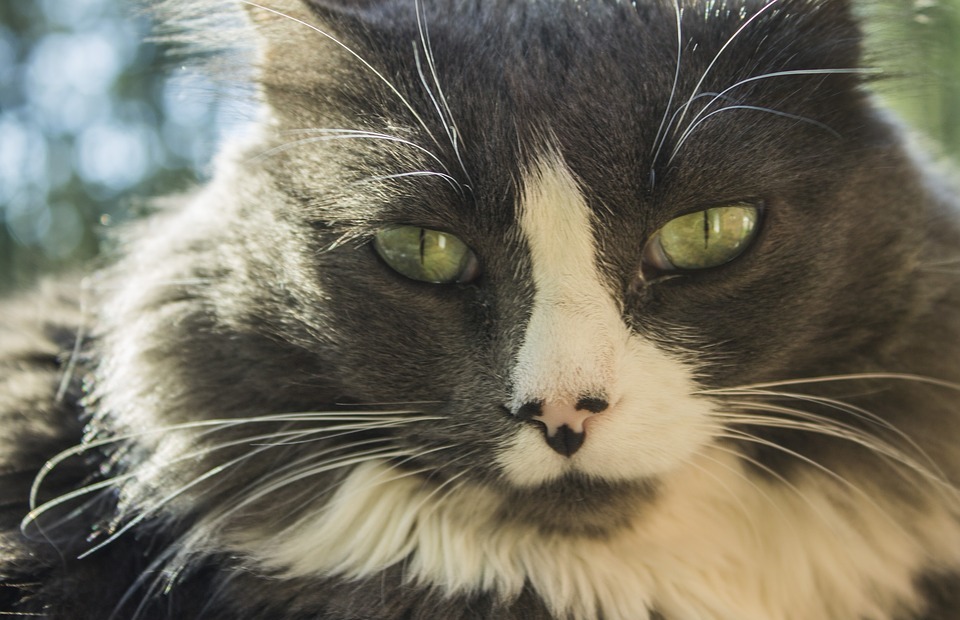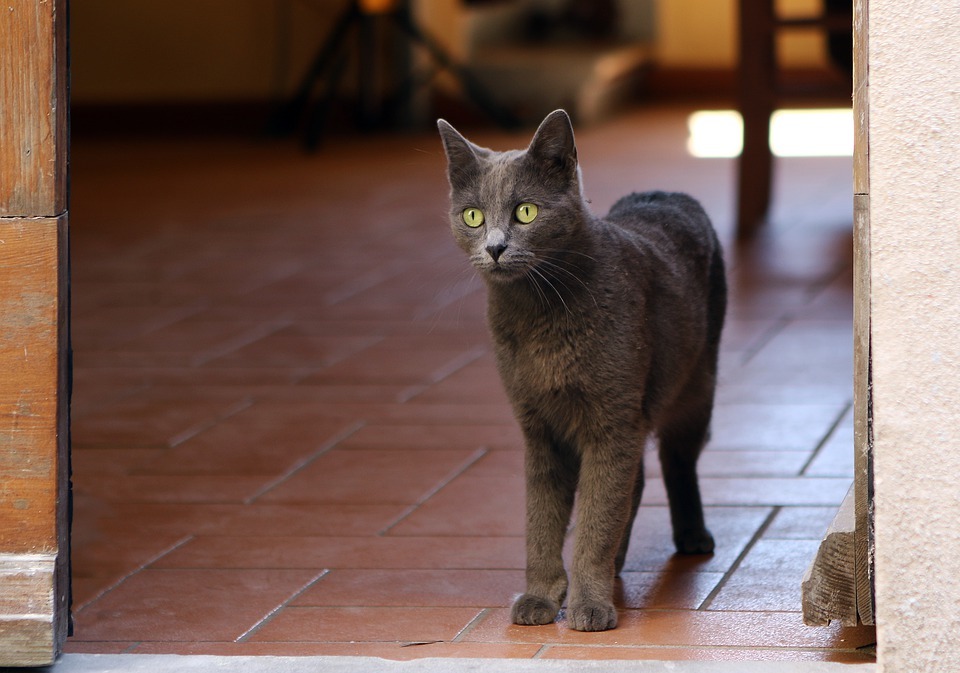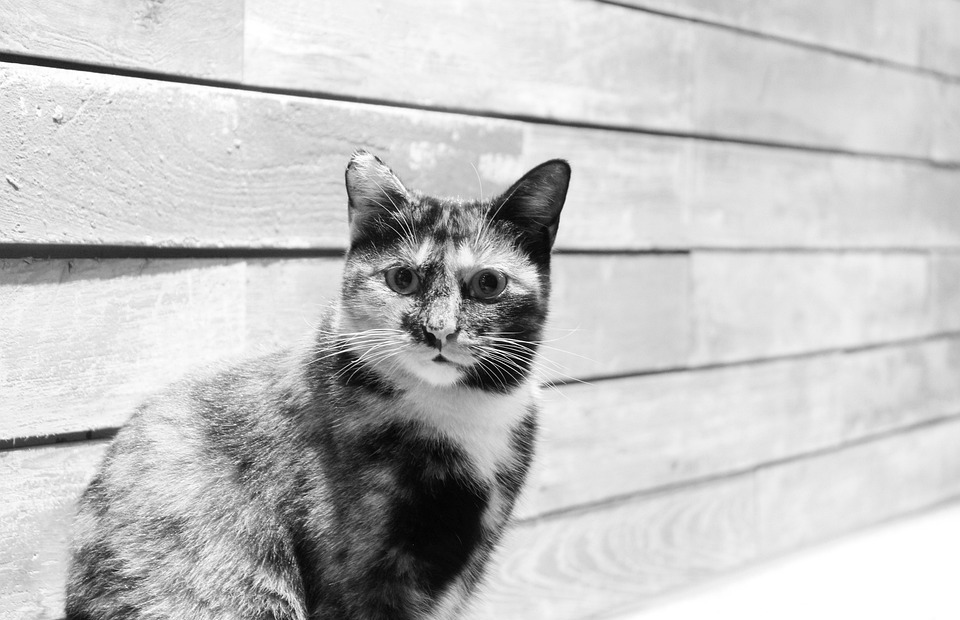This article delves into the fascinating world of feline collective nouns, exploring the history, usage, and surprising variety of terms used to describe a group of cats. From the traditional "clowder" to the more whimsical "pounce," we'll uncover the secrets behind these evocative names and delve into the reasons why certain terms gained prominence. We'll also investigate the cultural influences that shaped the evolution of these collective nouns and explore their use in literature, art, and everyday language. Finally, we'll answer some frequently asked questions about these fascinating terms, providing insights into the curious world of feline terminology.
Part 1: Uncovering the Secrets of Feline Collective Nouns

1.1 The History of Collective Nouns
Collective nouns, those terms that describe a group of things, have been an integral part of the English language for centuries, dating back to the Middle Ages. Their origins often lie in ancient folklore, mythology, and everyday observations of the natural world. For animals, these terms frequently reflect their behaviour, habits, or physical characteristics. Early examples include "flock" for birds, "herd" for cattle, and "swarm" for bees, each capturing a specific aspect of the animal's nature or collective action.
1.2 The Evolution of Feline Collective Nouns
While some collective nouns, such as "flock" and "herd," have remained consistent over time, the terms used to describe groups of cats have evolved considerably. This evolution is linked to shifting cultural perceptions of cats, their domestication, and the growing popularity of these creatures as pets. As cats transitioned from being viewed as solitary hunters to beloved companions, the language used to describe them shifted to reflect this changing relationship.
1.3 The Influence of Language and Culture
Different cultures and languages often have unique terms for groups of cats, highlighting the varied ways in which these animals are perceived and valued in different parts of the world. This linguistic diversity reflects the unique roles cats have played in different societies. For example, in ancient Egypt, cats were revered as sacred creatures, holding a special place in mythology and religious practices. This reverence is reflected in Egyptian hieroglyphics, where a cat goddess, Bastet, is depicted as a protector of homes and families.
Part 2: Traditional Collective Nouns for Cats

2.1 "Clowder": The Classic Choice
The most well-known and widely accepted collective noun for cats is "clowder." This term, thought to have originated in the 17th century, is believed to have evolved from the Middle English word "clod," referring to a clump of earth or a group of people. The image of a "clowder" evokes a sense of warmth, comfort, and togetherness, perfectly capturing the essence of a group of cats curled up together, a familiar sight for many cat owners.
2.2 "Kindle": A Term for Young Cats
"Kindle" is another traditional term used for a group of kittens, suggesting their lively and energetic nature. This term, derived from the Old English word "cyndelan," meaning "to ignite or set on fire," reflects the playful energy and mischievous nature of young cats. A "kindle" of kittens is often seen as a bundle of pure joy and playful chaos, particularly for those who enjoy watching them tumble and pounce around their home.
2.3 "Bevy": A Term for a Group of Females
While "clowder" is used to describe any group of cats, "bevy" is specifically used to denote a group of female cats. This term, also used for a group of birds or ladies, evokes a sense of elegance and refinement, reflecting the grace and poise often associated with female cats. A "bevy" of female cats suggests a group of graceful and independent creatures, each with their own unique personality and charm.
Part 3: More Whimsical and Unexpected Terms

3.1 "Pounce": A Playful and Energetic Term
"Pounce" is a more recent term that captures the playful and agile nature of cats, reflecting their predatory instincts and their inherent ability to move with speed and grace. This word, derived from the action of a cat leaping onto its prey, reflects the energy and excitement of a group of cats engaged in playful pursuit, often seen in their games of chase or when they are exploring their surroundings.
3.2 "Cluster": A Simple Yet Effective Term
"Cluster" is a straightforward and descriptive term that accurately depicts a group of cats gathered together. This term, also used to describe a group of objects or people, emphasizes the visual aspect of a group of cats, suggesting their close proximity and shared space, particularly when they are huddled together for warmth or comfort.
3.3 "Glance": A Term for Cats Gazing at Prey
"Glance" is a term that evokes the keen observation and predatory instincts of cats. This term, derived from the act of looking quickly or briefly at something, reflects the sharp focus and attention to detail that characterize cats when hunting or observing their surroundings. A "glance" of cats suggests a group of keen observers, constantly scanning their environment for potential prey or signs of danger.
Part 4: Cultural Variations and Regional Terms
4.1 "Glimmer" and "Mrow": Australian Terms
In Australia, "glimmer" and "mrow" are two unique terms used to describe a group of cats, reflecting the country's unique relationship with these animals. "Glimmer," a term reflecting the bright eyes of cats, particularly in the dark, adds a touch of mystique and wonder, capturing the allure of cats as creatures of the night. "Mrow," on the other hand, is a playful term that evokes the distinctive vocalization of cats, highlighting their communication skills and social interactions.
4.2 "Congregation": A Formal and Unusual Term
"Congregation" is an uncommon but intriguing term used to describe a group of cats, adding a touch of formality and solemnity to the description of a feline gathering. This term, usually reserved for a gathering of people for religious worship, suggests a sense of purpose and intentionality, perhaps reflecting a group of cats gathered for a specific reason, such as a communal meal or a shared grooming session.
4.3 "Clowder of Cats" vs. "Clowder of Kittens": Clarifying the Distinction
While "clowder" is often used to describe both adult cats and kittens, there is a subtle distinction between the two. "Clowder of cats" refers to a group of mature cats, while "clowder of kittens" specifically describes a group of young cats, highlighting the differences in their behaviour, energy levels, and social interactions.
Part 5: The Use of Collective Nouns in Literature and Art
5.1 Literature: From Poetry to Prose
Feline collective nouns have found their way into various literary works, adding richness and depth to the language used to describe groups of cats. Poets and prose writers have used these terms to evoke specific moods, emotions, and visual imagery, enriching the reader's experience and creating more vivid and evocative descriptions of feline gatherings.
5.2 Art: Capturing the Essence of Feline Groups
Artists have also drawn inspiration from feline collective nouns, incorporating them into their paintings, sculptures, and other forms of visual art. These terms have inspired artists to capture the essence of groups of cats in their artwork, expressing their movement, interaction, and collective presence, creating works that celebrate the beauty and grace of these enigmatic creatures.
Part 6: Everyday Usage and Popular Culture
6.1 Casual Conversation: Adding Charm and Wit
In casual conversation, feline collective nouns can add a touch of charm, wit, and playful humour to descriptions of cats. Using terms like "clowder" or "pounce" can make ordinary conversations about cats more engaging and entertaining, reflecting the speaker's affection for these creatures and their appreciation for the nuances of feline behaviour.
6.2 Popular Culture: From Books to Films
Feline collective nouns have also found their way into popular culture, appearing in books, films, and other forms of entertainment. These terms can be used to create a sense of wonder, intrigue, or even amusement, adding to the overall impact of a story or film, enriching the narrative and creating a deeper connection between the audience and the feline characters.
Part 7: The Importance of Collective Nouns
7.1 Reflecting Our Relationship with Cats
Feline collective nouns are more than just whimsical terms; they reflect our long-standing relationship with cats and our evolving perceptions of these creatures. Through these terms, we express our admiration for their unique qualities, from their playful energy to their mysterious nature, and our appreciation for the multifaceted roles they play in our lives.
7.2 Preserving Linguistic Diversity
Using these terms helps to preserve the linguistic diversity of the English language, keeping alive these colourful and evocative expressions. By continuing to use them in our everyday conversations, writing, and art, we contribute to the richness and vibrancy of the language, ensuring that these terms remain a part of our collective cultural heritage.
Part 8: FAQs
8.1 What is the most common collective noun for cats?
The most common and widely accepted collective noun for cats is "clowder." This term has been used for centuries and is still the preferred choice for describing a group of cats.
8.2 Is "clowder" only used for adult cats?
While "clowder" can be used for both adult cats and kittens, there is a subtle distinction. "Clowder of cats" refers to a group of mature cats, while "clowder of kittens" specifically describes a group of young cats, highlighting the different behaviours and characteristics of kittens and adult cats.
8.3 What is a group of kittens called?
A group of kittens is traditionally called a "kindle." This term captures the playful energy and mischievous nature of young cats, suggesting their constant movement and their inherent desire to explore and interact with their surroundings.
8.4 Are there any other collective nouns for cats?
Yes, there are many other collective nouns used for cats, including "pounce," "cluster," "glance," "glimmer," and "mrow." These terms often reflect the specific behaviour, characteristics, or appearance of cats, providing a diverse range of options to describe these fascinating creatures.
8.5 Why do we use collective nouns for cats?
Collective nouns for cats help us to describe groups of these animals in a more evocative and engaging way. These terms often capture the essence of cats, reflecting their playful nature, hunting instincts, or mysterious aura, adding a touch of personality and imagery to our descriptions of these creatures.
8.6 How do I choose the right collective noun for cats?
The best collective noun to use depends on the specific context and the type of cats being described. Consider the age of the cats, their behaviour, and the overall tone of the description when choosing a term, ensuring that the chosen term accurately reflects the specific characteristics and mood of the group of cats being described.
8.7 Are there any regional variations in collective nouns for cats?
Yes, there are regional variations in the terms used to describe groups of cats. For example, in Australia, "glimmer" and "mrow" are popular terms, reflecting the unique linguistic and cultural landscape of the country. These variations highlight the diverse ways in which different communities perceive and interact with cats.
8.8 Do collective nouns for cats have any cultural significance?
Yes, collective nouns for cats often reflect cultural perceptions of these animals. In some cultures, cats are revered as symbols of good luck, while in others, they may be associated with mystery or even superstition. These cultural influences shape the terms used to describe groups of cats, providing a glimpse into the diverse ways in which cats are viewed and valued around the world.
Everyone is watching

Are Cat Ribs Flexible? Understanding Their Anatomy
CATS & KITTENSThis article delves into the fascinating world of feline anatomy, exploring the flexibility of cat ribs and ho...

Can Cats Eat Bananas? (Everything You Need to Know)
CATS & KITTENSThis article dives into the intriguing question of whether cats can safely enjoy the sweet, yellow fruit, bana...

Cat Lifespan: How Long Do Cats Live?
CATS & KITTENSThis comprehensive guide explores the factors influencing the lifespan of our feline companions, providing ins...

Can Cats Get COVID-19? What You Need to Know
CATS & KITTENSThis article will delve into the fascinating world of feline COVID-19 susceptibility. We'll explore whether ca...

Can Cats Eat Eggs? A Complete Guide to Egg Safety for Your Feline Friend
CATS & KITTENSWhen it comes to treating our furry companions, we all want to ensure we're doing what's best for them. Eggs...
